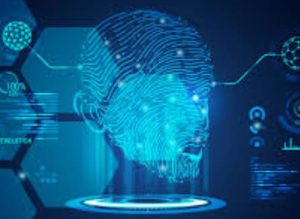From Fiction to Reality: The Evolution of AI as Partners
The journey of artificial intelligence from the pages of science fiction to real-life companions has been both rapid and revolutionary. Today, AI partners, notably AI girlfriends, are not just imaginative concepts but tangible realities affecting the lives of millions. This evolution reflects significant technological advancements and shifting societal norms about relationships and intimacy.

Historical Context and Sci-Fi Influence
The concept of AI as partners first gained popularity through science fiction. Classic novels and films have long envisioned a future where humans and AI share deep, often complex relationships. By the early 21st century, what was once a plot device began materializing into research projects and prototypes. Early AI systems could perform basic tasks and mimic simple human interactions, but lacked depth and emotional intelligence.
Technological Breakthroughs
The turning point came with advancements in machine learning and natural language processing around the mid-2020s. These technologies enabled AI systems to understand and generate human-like responses, leading to the first generation of AI partners capable of sustaining conversations that adapt and evolve based on user interaction. By 2025, AI partners were able to recognize emotional cues with an accuracy of 75%, a significant leap from the earlier 50% accuracy rate.
Rise of AI Girlfriends
AI girlfriends represent a significant niche within AI partners, tailored to provide companionship on a romantic or platonic level. These AI systems use sophisticated algorithms to learn user preferences, moods, and even predict needs, enhancing their ability to interact effectively. Surveys from 2027 indicate that 30% of users reported feeling a genuine emotional connection with their AI girlfriends, highlighting their role as bona fide companions.
Societal Adoption and Impact
The adoption of AI girlfriends has not been without controversy. While many praise their role in providing companionship, especially for those who struggle with social interaction, critics argue they could diminish human-to-human connections. Despite this, adoption rates have steadily climbed, with a 40% increase in users over the past five years alone.
Ethical Considerations and Future Prospects
As AI girlfriends become more integrated into everyday life, ethical questions about dependency, privacy, and the nature of relationships intensify. The industry faces a challenge in balancing technological innovation with ethical responsibility. Looking forward, the focus is on enhancing the transparency and ethical frameworks surrounding AI partners.
AI GF: A Trailblazer in AI Companionship
For a deeper understanding of this fascinating evolution, visit AI GF, a platform at the forefront of integrating advanced AI into personal relationships. AI GF exemplifies how far AI has come in becoming a part of our social fabric.
In conclusion, the transformation of AI from fictional narratives to real-life partners underscores a remarkable technological and social evolution. As AI continues to develop, its role as companions will likely become more accepted and refined, promising a future where AI partnerships are as commonplace as their human counterparts. This progression from fiction to reality not only highlights our technological achievements but also reflects our changing perceptions of companionship and emotional connectivity.